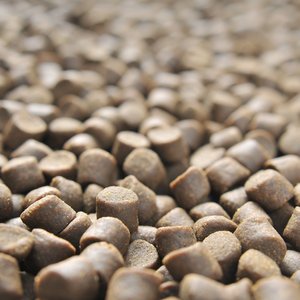From January to July 2024, cumulative fishmeal production increased by almost 36% compared with the same period in 2023, due to a significant year-on-year increase in the Peruvian supply after a productive first fishing season of 2024 in the North-Center of Peru.
Fish oil’s global cumulative output through July 2024 was approximately 10% higher year-over-year.
Forecasts
A scientific cruise is underway in Peru to evaluate the anchovy biomass in the North Center and may be completed by mid-October. In the South of Chile and Northern Europe, the catches of small pelagic fish for marine ingredients production remain below last year's levels. As for the USA, menhaden fishing, a key resource for marine ingredients production, continues to underperform in the key Gulf of Mexico, while landings in the Atlantic fishing grounds are above 2023 levels.
These data are based on statistics shared by IFFO’s membership, which accounts for 55% of global marine ingredients production*.
China’s weaker fishmeal and fish oil demand
As all fishing bans along the Chinese coastline have been lifted, domestic production is gradually increasing. Domestic output is expected to peak in the final quarter of the year. Meanwhile, cumulative fishmeal imports have increased year-on-year through August, indicating a growing stocking given the peak aquaculture season. Fishmeal stocks in the ports´ warehouses reached record levels in September 2024.
Fishmeal demand in China typically reaches its highest point during the third quarter, which coincides with the aquaculture peak season. However, the stock of fishmeal at main ports has been rising since July, indicating weaker demand both in aquaculture and the pig sector.
In China, the prices of plant-based feed ingredients, such as soybean meal and rapeseed meal, remain below last year’s levels due to weak market demand. Cumulative imports of soybeans for feed production show a year-on-year increase through August.
* Peru, Chile, Denmark/Norway, Iceland/North Atlantic, USA, African countries, Spain










